A new wave of behavioral science is reviving an old question with a fresh twist: if each generation had an animal twin, which species would truly fit? It’s more than a parlor game; animal analogies can sharpen how we think about values, problem‑solving, and the way social groups adapt to stress. As societies wrestle with climate risk, digital upheaval, and demographic change, these comparisons offer a vivid, memorable lens on real data and lived experience. The danger, of course, is stereotyping, so the science matters – drawing on animal cognition, social psychology, and cross‑cultural research to ground the metaphors. The result is a story about memory, independence, collaboration, and shapeshifting identity – played out across herds, dens, reefs, and social feeds.
The Hidden Clues

What makes an analogy stick is not cuteness but structure: similar patterns of behavior under pressure. Ethologists map how animals coordinate, signal, and learn; social scientists do the same for people, tracking cohort trends shaped by economics, technology, and policy. When those patterns rhyme, the metaphor stops being fluff and starts acting like a flashlight, revealing how groups persist or pivot.
I’ve seen this in small ways, like watching my dad troubleshoot a balky radio with patient, step‑by‑step logic while my niece races through three apps to solve a school project. Different instincts, same goal. The animal lens gives those instincts form, helping us talk about continuity without ignoring change. Used carefully, it can make conversations more curious and less combative. That’s the point here.
Baby Boomers: The Elephant Analogy
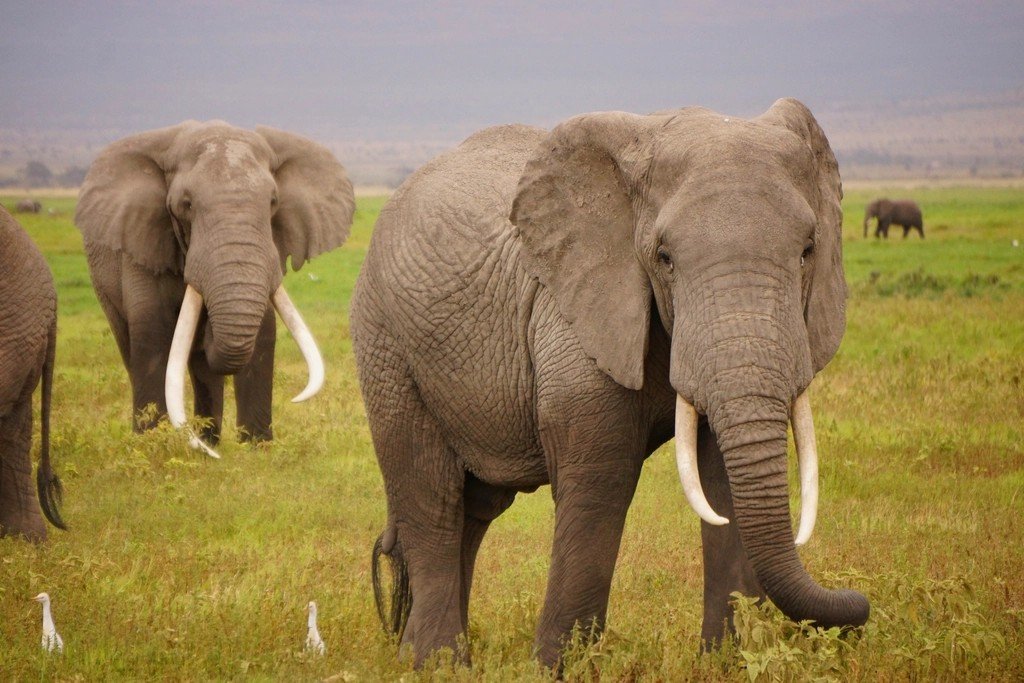
Elephants navigate by memory, following routes learned decades earlier and passing them down through matriarchs who safeguard scarce water and safe corridors. Boomers, born after World War II, often play a similar role in institutions they helped build – guardians of process, continuity, and long‑term commitments. The fit isn’t about nostalgia; it’s about intergenerational knowledge, the stubbornly valuable kind that keeps complex systems from forgetting how to work.
Like elephant herds, many Boomer‑led teams privilege mentorship and continuity of care, whether in public service, manufacturing, or community organizations. Their strength shows in steady leadership through shocks, from inflation cycles to infrastructure overhauls. The risk mirrors the herd too: pathways that once worked can grow perilous when landscapes change faster than memory can update. Yet the baseline of trust and long‑horizon thinking remains a civic asset.
Generation X: The Octopus Analogy
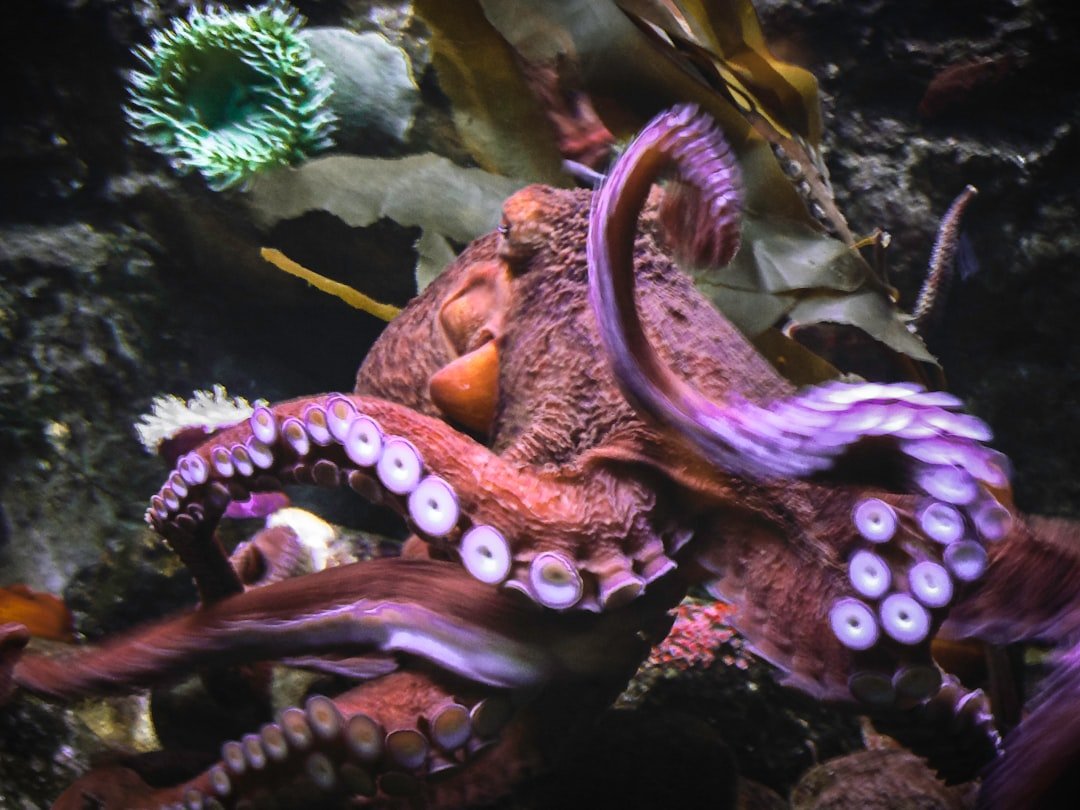
The octopus is the escape artist of the sea, a solitary problem‑solver with startling dexterity and a gift for finding side doors. Gen X came of age between analog and digital, with a default setting of quiet self‑reliance that mirrors those flexible arms testing lids, bolts, and boundaries. When resources run thin, the octopus rearranges the den; when systems feel clunky, X‑ers invent workarounds.
That pragmatism shows up in hybrid careers, cross‑training, and a comfort with ambiguity that many organizations lean on in crisis. It’s not aloofness so much as economy: act, adapt, move. The weakness is also the strength – going it alone can miss the compounding power of teams. Still, in volatile markets and shifting tech stacks, the octopus mind remains an undervalued survival skill.
Millennials: The Wolf Analogy
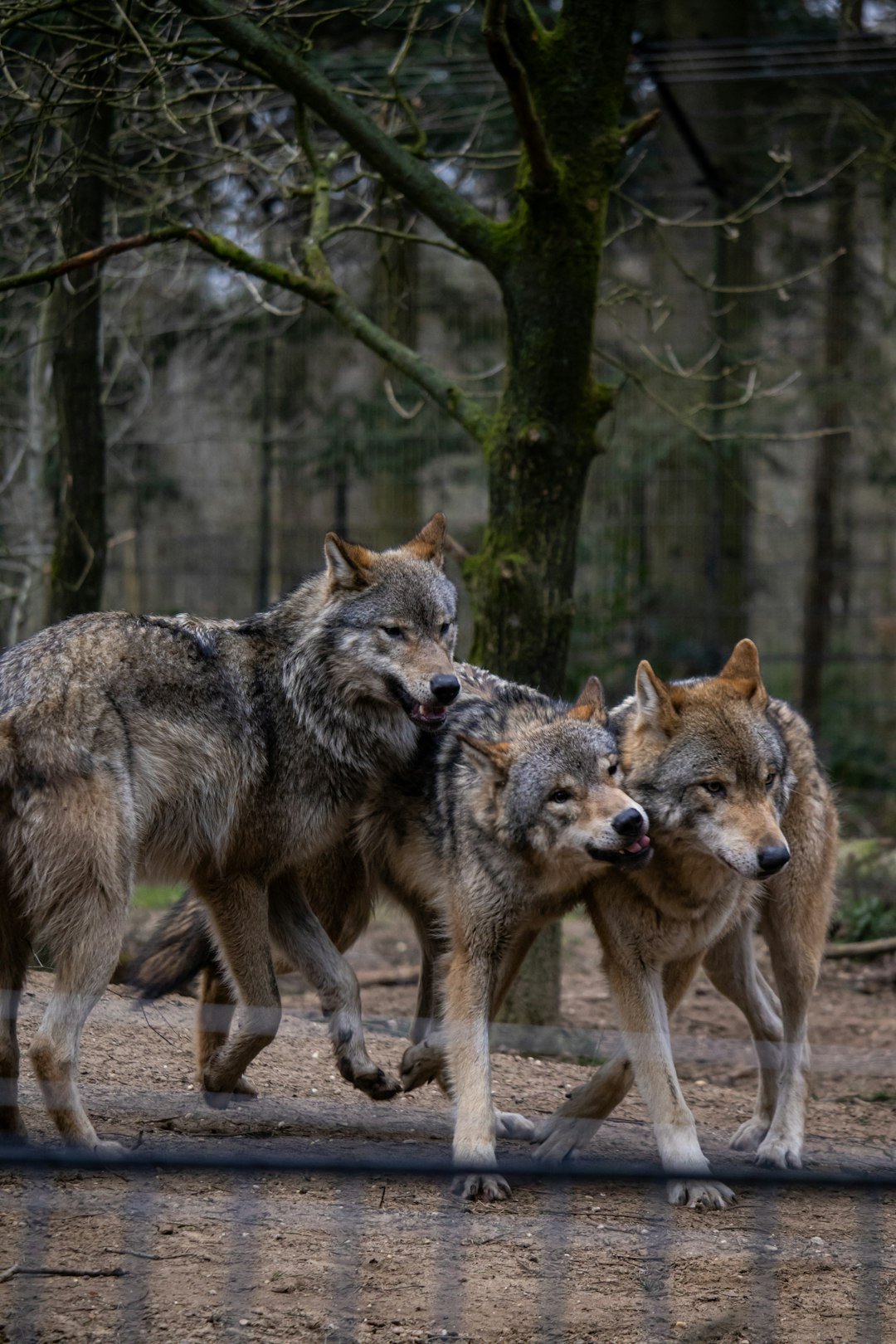
Wolves succeed because the pack functions like a living algorithm – coordinated roles, constant feedback, and shared care for the young. Millennials came of age inside networks and project teams, learning to balance autonomy with collaboration in classrooms, startups, and sprawling online communities. The match works because both thrive when communication is clear and trust is earned daily.
Alloparenting in wolves – helpers assisting parents – has a human echo in peer mentorship, mutual aid, and team‑first cultures. That orientation can feel idealistic, but it can also be ruthlessly efficient when goals are transparent. The challenge comes when precarity rises; cooperation strains when basic needs feel at risk. Yet the pack habit endures, pushing for workplaces and policies that make collaboration the rational choice.
Gen Z: The Cuttlefish Analogy

Cuttlefish are masters of dynamic camouflage, shifting color and texture in milliseconds while signaling different messages to different viewers. Gen Z, growing up with algorithmic feeds, practices a similar art – curating identity, code‑switching across platforms, and navigating attention like a currency. Underneath the aesthetic agility lies serious cognition; lab studies show cuttlefish can delay gratification for better rewards, a tidy reminder that fast visuals can hide patient strategy.
Short lifespans push cuttlefish to learn fast, experiment, and move on; Z’s project‑based, portfolio reality feels the same. They read a room – digital or physical – then adjust without apology. Critics mistake this for fickleness, but it often looks like ecological sense in a world changing faster than any syllabus. The lesson: adaptivity can be ethical when it protects core values while updating tactics.
Why It Matters
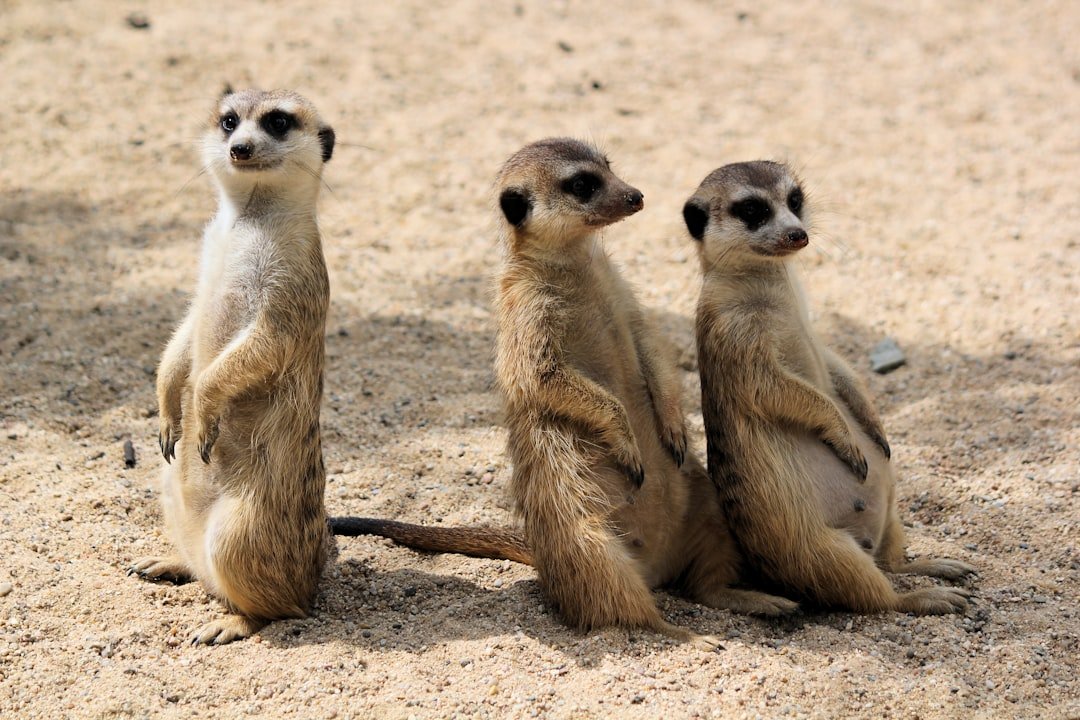
Animal metaphors aren’t just clever; they reorganize attention. Compared with demographic charts, a herd or reef is sticky in memory, which makes it powerful for education, policy communication, and team design. In classrooms, analogies help students build mental models to compare strategies, not people, reducing the heat while preserving the signal.
Against traditional generational hot‑takes, the scientific edge here is testable behavior: how groups share information, manage risk, and respond to novelty. We can observe elephants transmitting route knowledge, octopuses solving puzzles, wolves coordinating hunts, and cuttlefish multiplexing signals. Then we can map those patterns to cohort data on work styles, tech adoption, and civic engagement. The aim isn’t to label individuals but to frame conversations about trade‑offs – stability versus speed, independence versus interdependence – in ways that invite evidence rather than stereotypes.
The Future Landscape
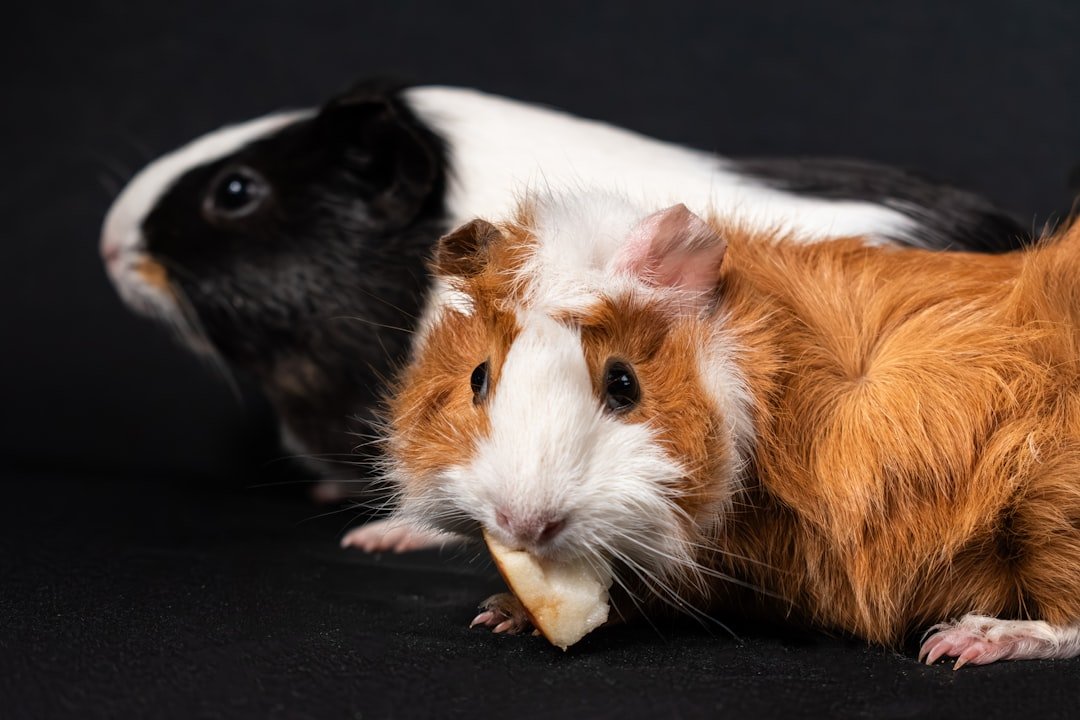
The next frontier blends human cohort studies with fine‑grained animal behavior data, from bio‑loggers on migrating herds to machine vision tracking cephalopod displays. As Generation Alpha enters the scene, researchers will be watching how early AI exposure reshapes attention, memory strategies, and risk perception. Expect the metaphors to evolve too – maybe corvids for playful tool use, or reef‑building corals for community resilience under stress.
Two big challenges loom: avoiding determinism and keeping the science accessible. Methods will need to separate age effects from true cohort effects and control for culture, economics, and policy shocks. On the animal side, we’ll need to resist cherry‑picking glamorous species and look at humble workhorses of ecosystems that better mirror everyday life. If we do this right, analogies stay nimble enough to learn and humble enough to revise.
Conclusion
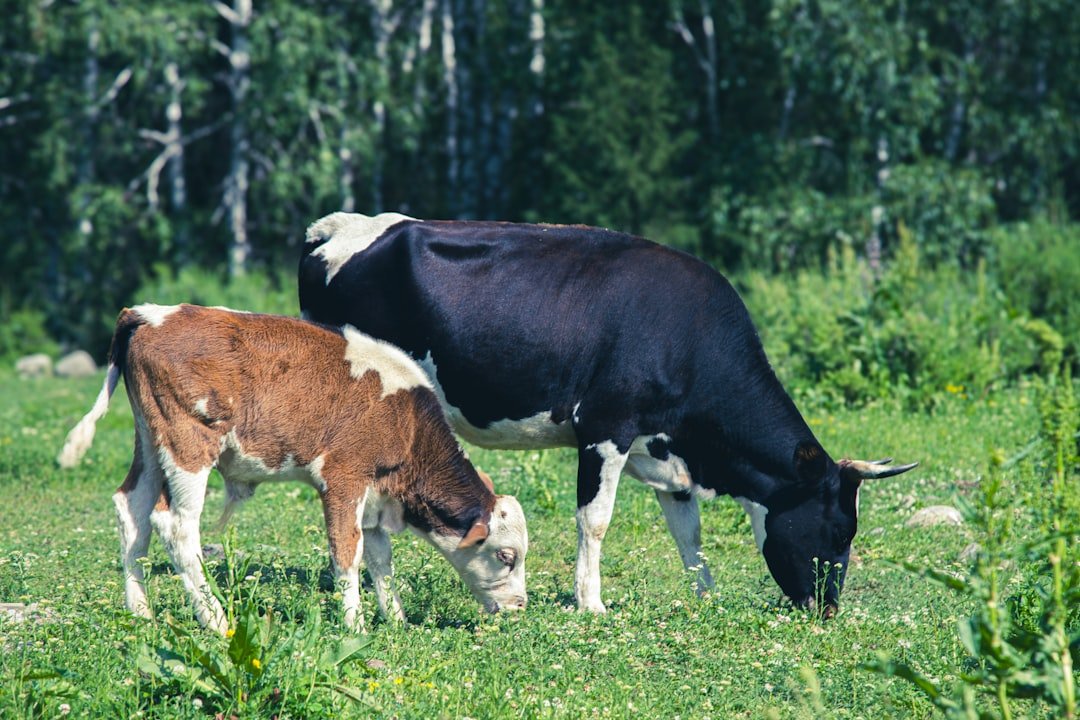
Try the lens where you live: ask what your team optimizes for – memory, independence, collaboration, or adaptivity – and which animal strategy best covers the gaps. If your group skews elephant, build octopus‑style sandbox time for experimentation; if you’re a pack of wolves, borrow a cuttlefish’s habit of adapting the message to the audience without losing the mission. Small shifts compound: meeting formats, onboarding, and feedback loops can all learn from the right creature.
Out in the world, support wildlife research and local conservation, because better animal data makes better human metaphors – and healthier ecosystems. Share one insight with a friend across generations and compare notes on where you’d double down or switch tactics. Curiosity beats caricature every time. What animal would you choose for your next move?
Sources: Smithsonian’s National Zoo and Conservation Biology Institute on elephant social behavior; peer‑reviewed research on cephalopod cognition and delayed gratification; wolf pack coordination and cooperative care studies from established wildlife biology journals.

Suhail Ahmed is a passionate digital professional and nature enthusiast with over 8 years of experience in content strategy, SEO, web development, and digital operations. Alongside his freelance journey, Suhail actively contributes to nature and wildlife platforms like Discover Wildlife, where he channels his curiosity for the planet into engaging, educational storytelling.
With a strong background in managing digital ecosystems — from ecommerce stores and WordPress websites to social media and automation — Suhail merges technical precision with creative insight. His content reflects a rare balance: SEO-friendly yet deeply human, data-informed yet emotionally resonant.
Driven by a love for discovery and storytelling, Suhail believes in using digital platforms to amplify causes that matter — especially those protecting Earth’s biodiversity and inspiring sustainable living. Whether he’s managing online projects or crafting wildlife content, his goal remains the same: to inform, inspire, and leave a positive digital footprint.




